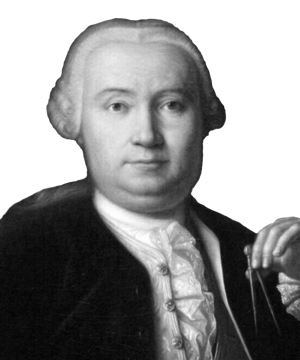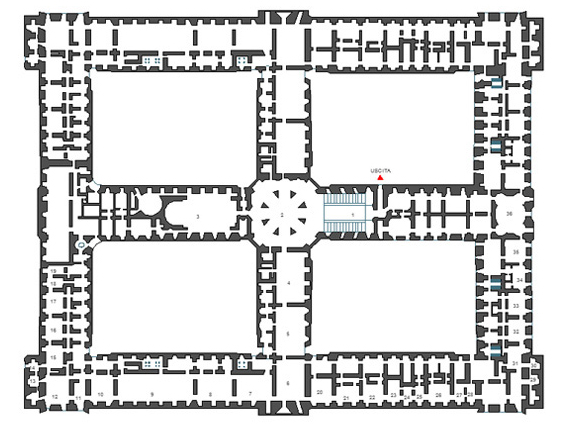- Construction technologies
- Contemporary Architectures
- Degree thesis in Architecture
- Expo Milano 2015 - All Pavilions
- Historic parks and gardens
- Historical Architectures
- Japanese Gardens
- Sports and Leisure Photographs
- Textures
- Various galleries

Luigi Vanvitelli
Luigi Vanvitelli was an important Italian architect of the Rococo period.
Place of birth
Naples, 12 May 1700 - Caserta, 1 March 1773
Luigi Vanvitelli (Naples, 12 May 1700 – Caserta, 1 March 1773) was an Italian painter and architect.
Luigi Vanvitelli was an Italian architect and engineer of the late Baroque and Rococo period. He is best known for his significant contributions to the architecture of the Kingdom of Naples (part of modern Italy). He was born as Lodewijk van Wittel in Naples, then under Spanish rule.
Vanvitelli is best known for designing the Royal Palace of Caserta, a monumental palace located near Naples. This palace was commissioned by Charles VII of Naples (later known as Charles III of Spain) and was meant to rival the grandeur of the Palace of Versailles in France. The Royal Palace of Caserta is an excellent example of late Baroque and early neoclassical architecture, characterized by large dimensions, elaborate decorations and symmetrical design.
Vanvitelli’s architectural style combined elements of Baroque extravagance with a growing interest in neoclassical simplicity and proportions. His work often featured elaborate facades, decorative details, and intricate interior designs. In addition to the Royal Palace of Caserta, he was involved in various other architectural projects, including churches, palaces and public buildings in the Kingdom of Naples.
Vanvitelli’s impact on architecture extends beyond his own work. He also played a role in architectural education by founding the Royal Academy of Fine Arts in Naples, an institution that contributed to the training of many Italian architects between the end of the 18th and the beginning of the 19th century.
His legacy continues to influence architectural discussions and studies, particularly in the context of Italian Baroque and Neoclassical architecture. His work is celebrated for its grandeur, innovation and the way it reflects the artistic and cultural trends of his time.
Works and projects
How the download works?
To download files from Archweb.com there are 4 types of downloads, identified by 4 different colors. Discover the subscriptions
Free
for all
Free
for Archweb users
Subscription
for Premium users
Single purchase
pay 1 and download 1

































































